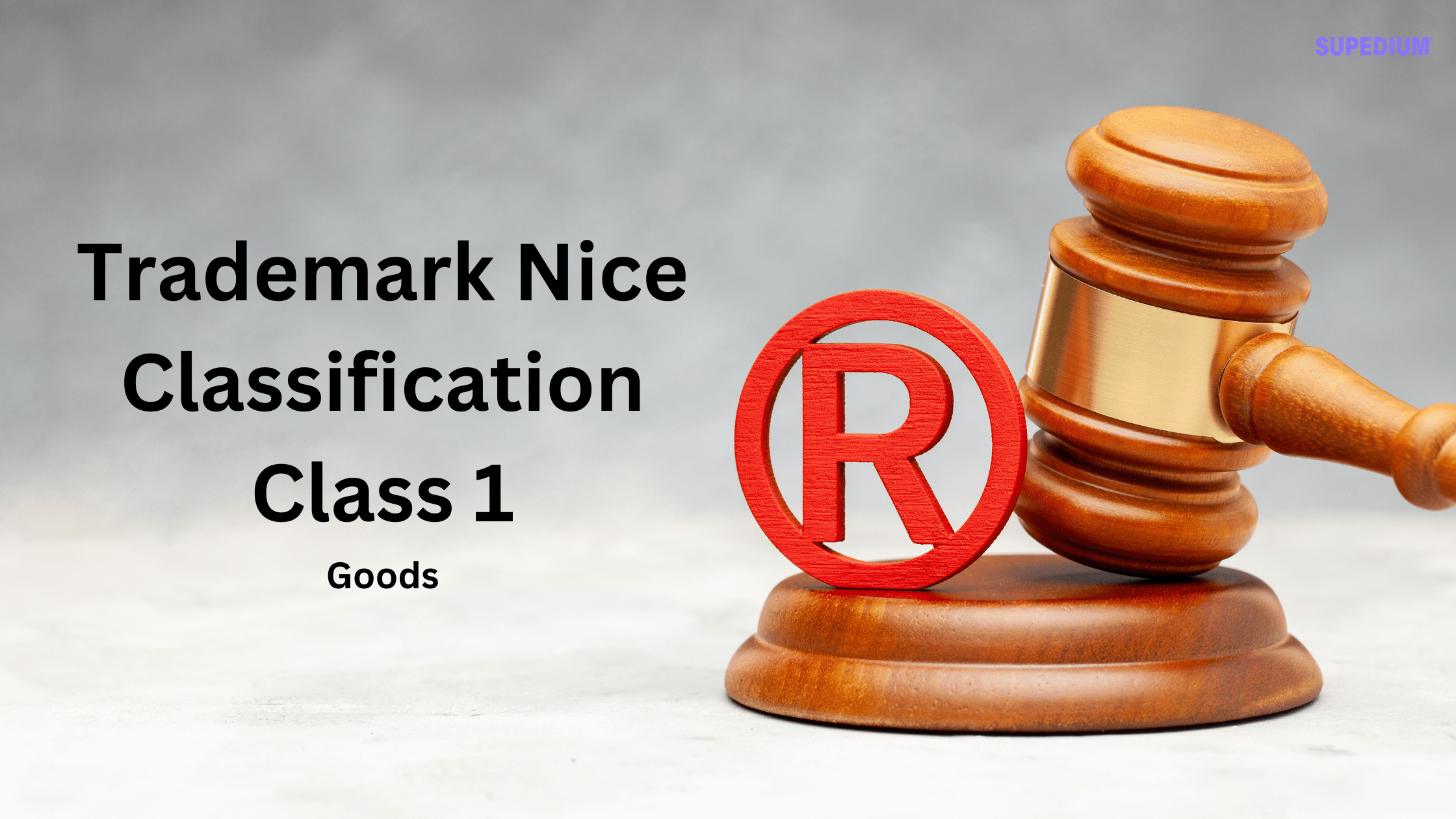Table of Contents
![]()
Humphrey-Hawkins Act Definition
The Humphrey-Hawkins Full Employment Act, more formally known as The Full Employment and Balanced Growth Act, was passed in 1978 to amend the Employment Act of 1946. The purpose of the act was to give clarifying instructions on the use of government spending, job creation, and controlled monetary policy to create economic demand in the system and smooth out economic peaks and falls inherent in the private market.
A Little More on What is the Humphrey-Hawkins Act
The Humphrey Hawkins Act was passed to provide instructions to the government on using spending, job creation, and monetary policy to avoid economic downturns, such as the one suffered during the Great Depression. The idea was that the Government could boost of economic demand by selective spending in cooperation with private industry. The Acts objectives rest in Keynesian theory. Keynes asserted the Governments can augment demand and can minimize shocks in the financial system through selective spending. The Humphrey Hawkins Act called provided the Government with authority to reduce employment by creating temporary government jobs. It also, expanded Congresss ability to control aspects of monetary policy – which is traditionally reserved to the Federal Reserve Board. The Act Laid out 4 goals:
- Full Employment
- Growth in Production
- Price Stability
- Balance of Trade and Budget
The Act further adds that, in achieving these goals, the Government should:
- Allow private enterprise to lead the way in achieving these goals;
- Attempt to balance the budget;
- Attempt to have balanced trade;
- Mandate the Federal Reserve Board of Governors to purse monetary policy that produces long-run growth, minimizes inflation, and promotes stability.
- Mandate the Federal Reserve Board of Governors provide a Report on Monetary Policy to Congress two times per year;
- Mandate the President set numerous goals for the economy and policies to achieve them within the Presidents Economic Report each year.
- Mandate the Chairman of the Federal Reserve to align monetary policy with the economic policies put out by the President.
The Government was authorized to create a pool for public employment in the low-income, low-skill areas sufficient to raise economic demand.
- Interestingly, the Act put in place economic targets that were to be achieved by specific years. The Act allowed Congress to revisit and amend those goals. In reality, very few or none of those goals were achieved within the stated time period.
References for Humphrey-Hawkins Act
- https://en.wikipedia.org/wiki/Humphrey%E2%80%93Hawkins_Full_Employment_Act
- http://www.businessdictionary.com/definition/Humphrey-Hawkins-Act.html
- https://financial-dictionary.thefreedictionary.com/Humphrey-Hawkins+Act





Be the first to comment